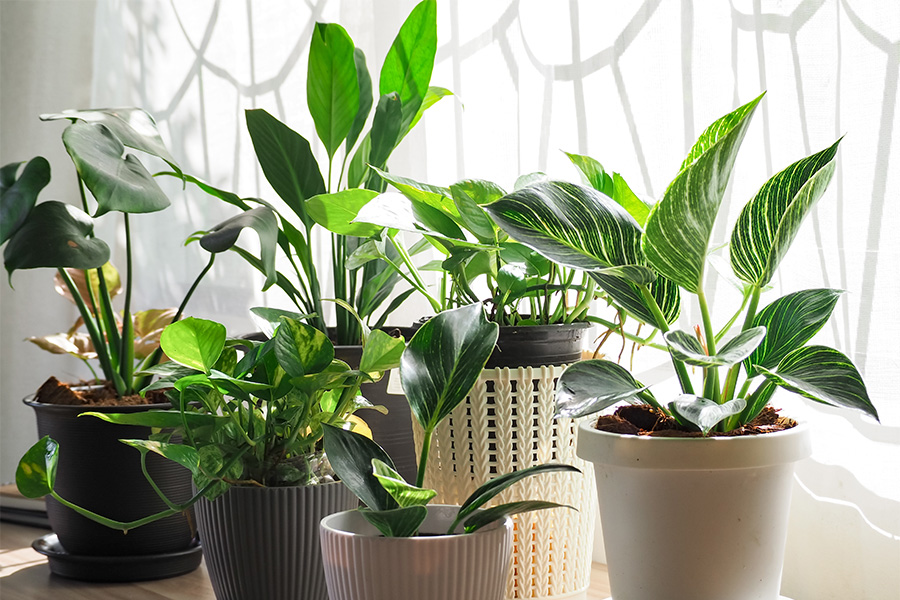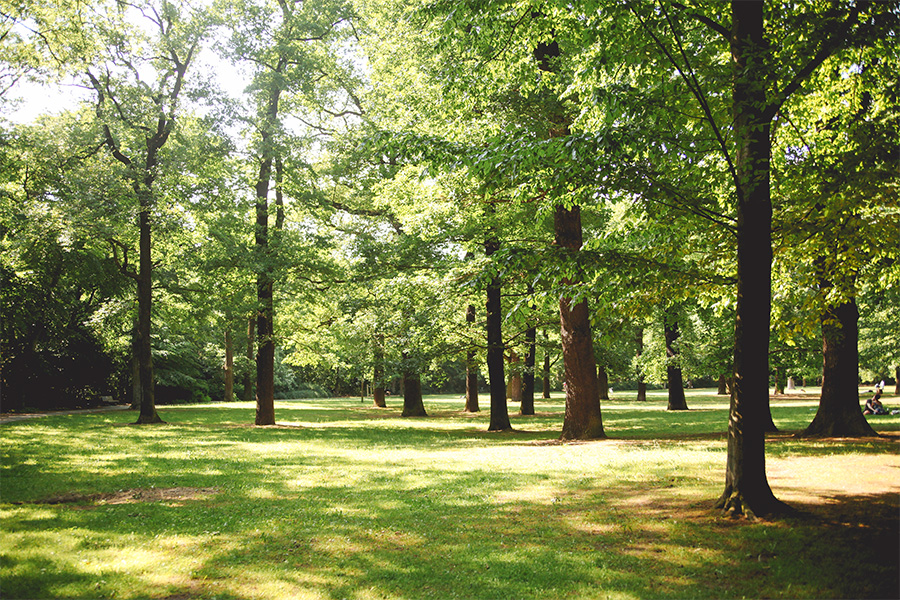Horticulture
-

This publication is the second in a series focusing on irrigation scheduling for vegetable crops. It contains basic guidance on water use and irrigation management for Brassica crops such as cabbage, leafy greens, broccoli, and cauliflower, and this information should assist growers in scheduling irrigation.
D. Scott Carlson, Timothy Coolong, Laurel Dunn, and Andre Luiz Biscaia Ribeiro da Silva
|
-

Interior plants are an ideal way to create attractive and restful settings while enhancing our sense of well being. In addition, houseplants can be a satisfying hobby and can help purify the air in our homes. To be a successful indoor gardener, you need to understand how the interior environment affects plant growth and how cultivation differs from growing plants outdoors.
Bodie V. Pennisi
|
-

Container gardening has enjoyed an increased popularity in the last decade. With increased urbanization, container gardens have come to the rescue to brighten up patios and balconies. This publication is intended to provide information on successful gardening in containers using tropical plant materials.
Bodie V. Pennisi
|
-

This resource introduces the effective and environmentally friendly use of trap crops as an alternative to controlling damaging insects in the vegetable garden. Trap crops are sacrificial plants that can draw damaging insects away from valuable crops.
Bob Westerfield and S. Kris Braman
|
-

Sunflowers can be an important addition to the home garden due to their ability to attract beneficial insects as well as serve as a trap crop. Sunflowers also provide a nutritional, edible crop high in protein and low in fat. This publication covers the basics of how to grow and harvest sunflowers in the home garden. The circular introduces the benefits of growing sunflowers as well as multiple uses for the crop.
Bob Westerfield
|
-

C 1013
Shade Trees for Georgia
Shade trees are a staple of Southern landscapes and include a variety of species, forms and seasonal appeal. In the Southeastern U.S., shade trees are used most often to provide relief from the summer sun and heat. Additionally, shade trees can be utilized to channel summer breezes to desired locations, add monetary value to a property, define outdoor spaces, and improve landscape sustainability by reducing soil erosion, decreasing storm water flows, increasing rainwater infiltration and increasing wildlife habitat.The information in this publication will assist homeowners in making informed decisions when selecting fast growing shade trees for urban and suburban environments.
Gary Peiffer, Kim D. Coder, Bodie V. Pennisi, and Matthew Chappell
|
-

C 1018
Home Garden Lettuce
Use this resource to learn how to grow lettuce, a cool-season vegetable that can be planted in early fall or early spring in Georgia.
Bob Westerfield
|
-

C 1035
Home Garden Watermelon
Learn all about growing watermelon in the home garden, including transplanting, starting seeds, soil preparation, culture and fertilization, harvesting, storage and use, and problems. It also includes a list of recommended varieties for Georgia.
Bob Westerfield and Malgorzata Florkowska
|
-

C 1039
Home Garden Swiss Chard
Learn how to grow Swiss chard in the home garden, including soil preparation, planting, culture and fertilization, harvesting, storing, and using Swiss chard, plus problems you might encounter and a list of suggested varieties.
Bob Westerfield and Malgorzata Florkowska
|